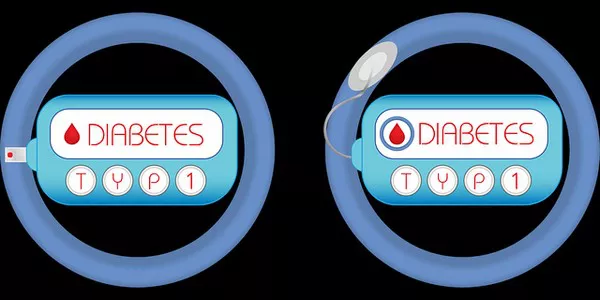Edwina Murphy, a 22-year-old from the Northern Territory, has been living with type 2 diabetes since she was 12. Her daily routine has involved the painful task of finger-pricking to monitor her blood sugar levels, a common method among the 1.5 million Australians with diabetes. This traditional approach provides momentary readings but can cause significant discomfort and skin damage over time.
Ms. Murphy’s experience changed with the introduction of continuous glucose monitoring (CGM) technology. Unlike finger-pricking, CGM devices use a small sensor with a plastic needle that attaches to the skin and wirelessly sends real-time blood sugar data to a phone or reader. This technology not only alleviates physical pain but also offers comprehensive insights into blood sugar trends, enabling better diabetes management and potentially saving lives. However, the high cost of CGM devices, which can range from $3,000 to $5,000 annually (up to $8,000 with an insulin pump), makes them inaccessible for many, particularly as subsidies are only available for those with type 1 diabetes.
The Need for Expanded CGM Subsidies
A year-long federal parliamentary inquiry into diabetes management is set to release its findings, with expanded CGM funding being a significant consideration. CGMs provide continuous blood sugar level readings, which can be graphed to show trends over 14 days, offering a detailed view of a patient’s condition. Professor Glen Maberly from the University of Sydney’s School of Public Health emphasized the transformative potential of CGMs, noting that they allow for real-time behavioral adjustments, leading to improved health outcomes.
Challenges in Accessibility
Dr. Angela Titmuss, the sole paediatric endocrinologist in the Northern Territory, has witnessed the benefits of CGMs firsthand in her treatment of Edwina Murphy and her brother Waylon, who also has type 2 diabetes. Despite the clear advantages, many of her patients cannot afford CGMs due to the lack of subsidies for type 2 diabetes, which affects 85% of the diabetic population in Australia. Edwina has temporary access to a CGM through a compassionate application, but Waylon and many others remain without.
Diabetes disproportionately affects disadvantaged and vulnerable communities, including Aboriginal and Torres Strait Islander people, who have some of the highest diabetes prevalence rates globally. The cost barrier to CGM access exacerbates health inequities and leads to severe complications such as amputations, cardiovascular issues, kidney failure, and death.
Economic and Health Benefits of Subsidizing CGMs
Experts like Professor Maberly, Dr. Titmuss, and Diabetes Australia CEO Justine Cain argue for increased CGM subsidies, citing substantial long-term savings for the healthcare system. Diabetes costs the Australian healthcare system $3.4 billion annually, and international evidence suggests CGMs could significantly reduce emergency and hospitalization rates for diabetic complications.
Professor Maberly highlighted that treating type 2 diabetes in Western Sydney costs around $18,000 per patient annually. By incorporating CGMs at about $100 every two weeks, the burden on the hospital system could be alleviated. He suggested that patients might not need continuous CGM use, proposing periodic monitoring as a cost-effective alternative.
Future Directions
The parliamentary inquiry, chaired by MP Dr. Mike Freelander, has received extensive input from experts and people with lived CGM experience. While recognizing the high costs of broad subsidies, the inquiry aims to find a balanced approach, potentially recommending intermittent CGM subsidies (e.g., one month in three or six) to maximize benefits while managing expenses.
The report, expected to be published on Wednesday, will likely advocate for wider CGM access for those most in need, aligning policy and pricing to improve diabetes care and reduce long-term healthcare costs in Australia.
Related topics:
Investigating the Anti-Diabetic Potential of Camellia sinensis Leaf Extract: An In Vitro Analysis
Calls for Early Gestational Diabetes Testing Gain Momentum Among Researchers
Global Type 1 Diabetes Mortality and Disability Decline, Elderly Care Improves


























